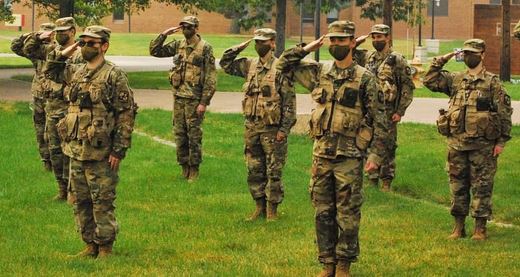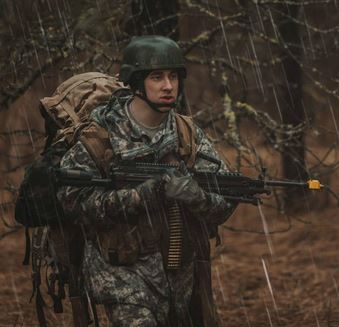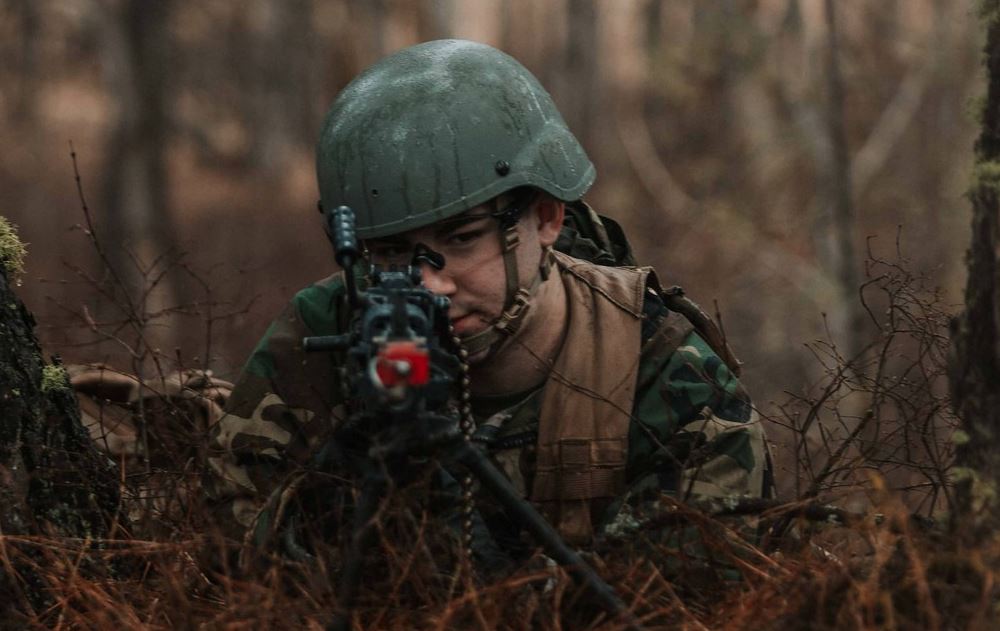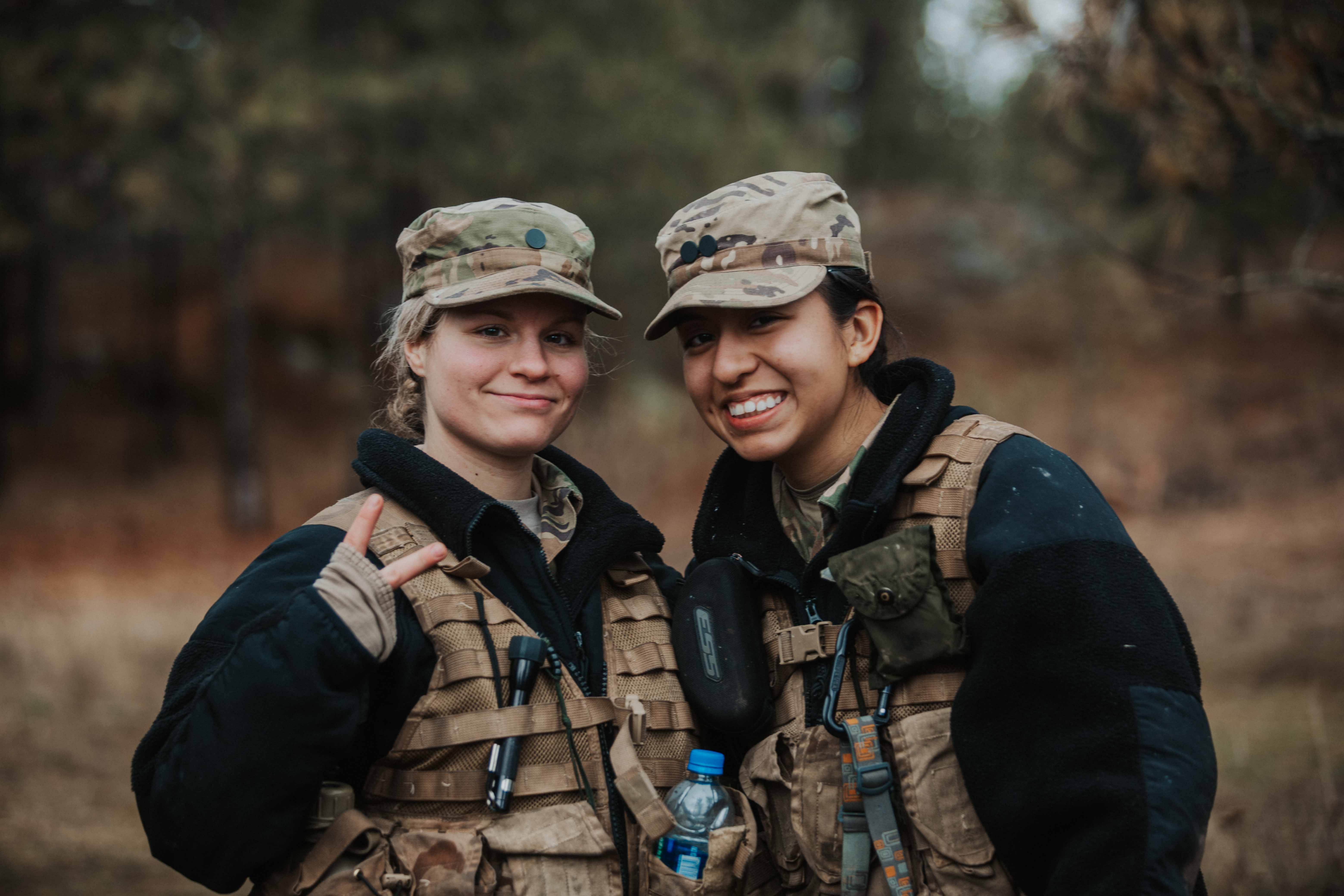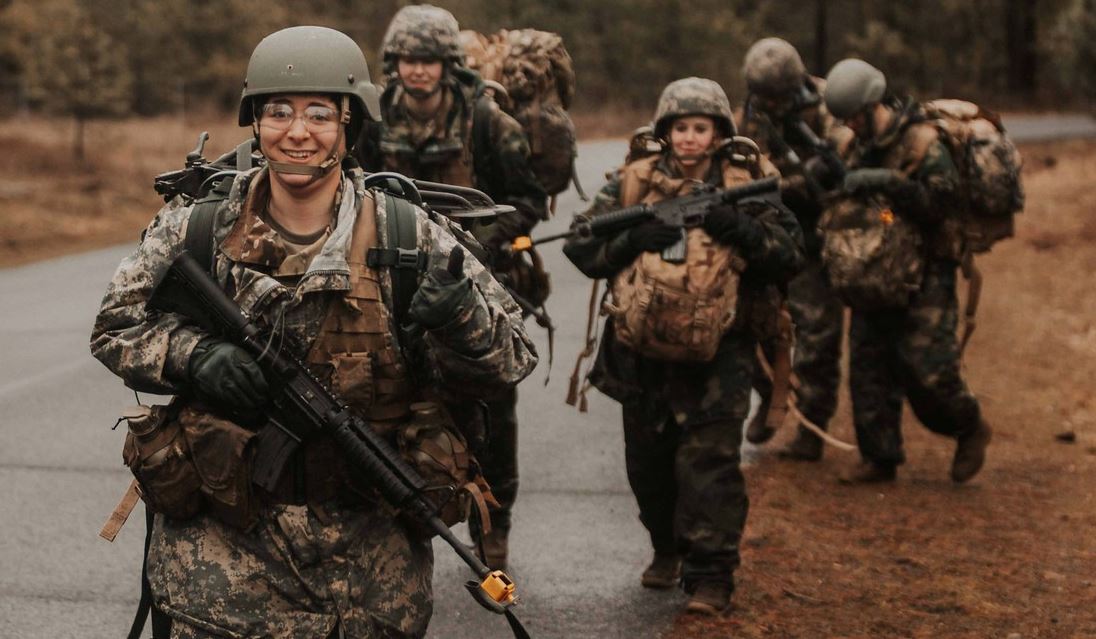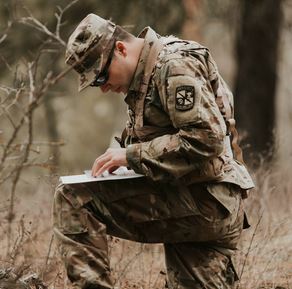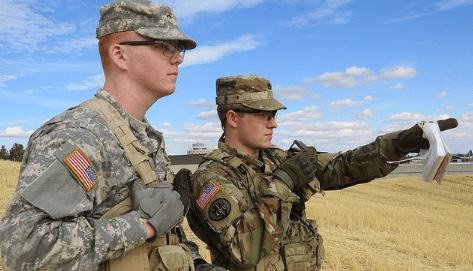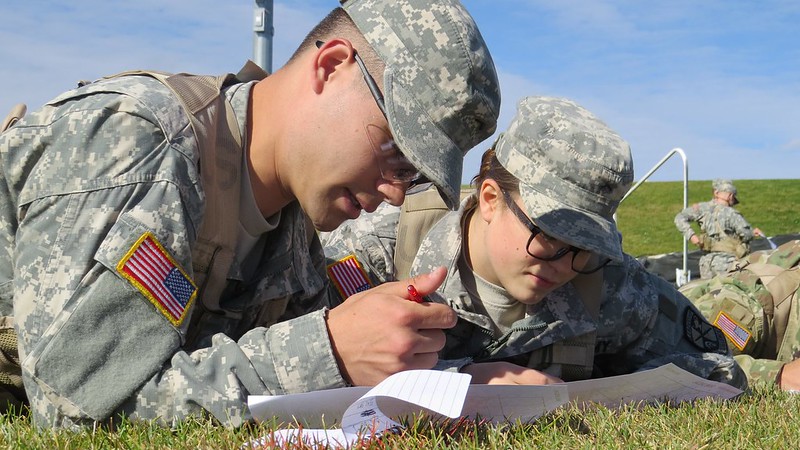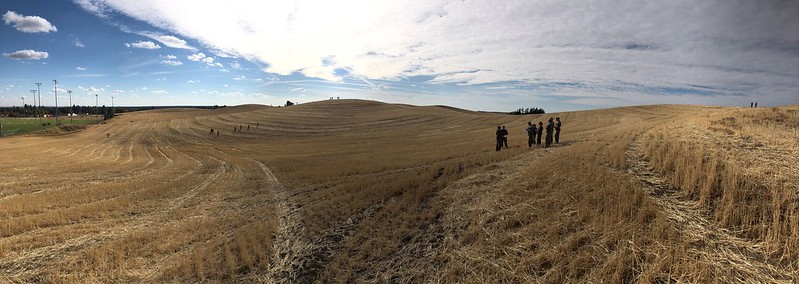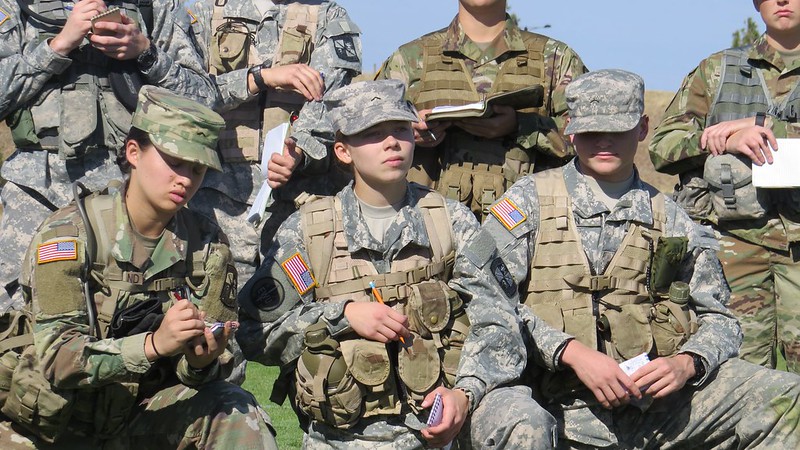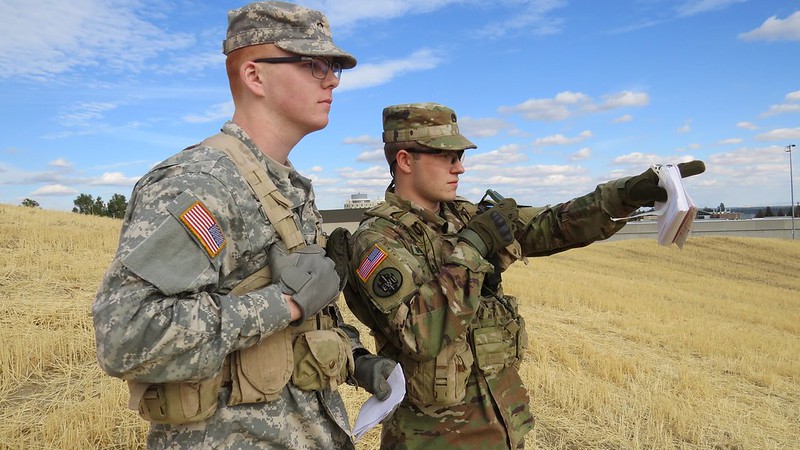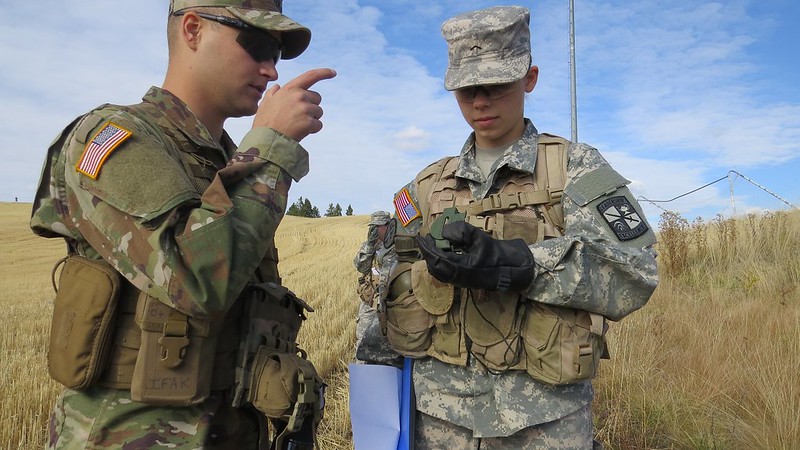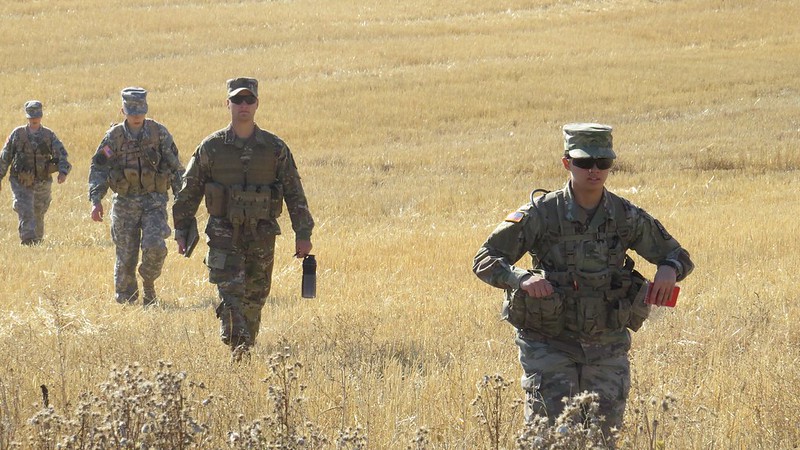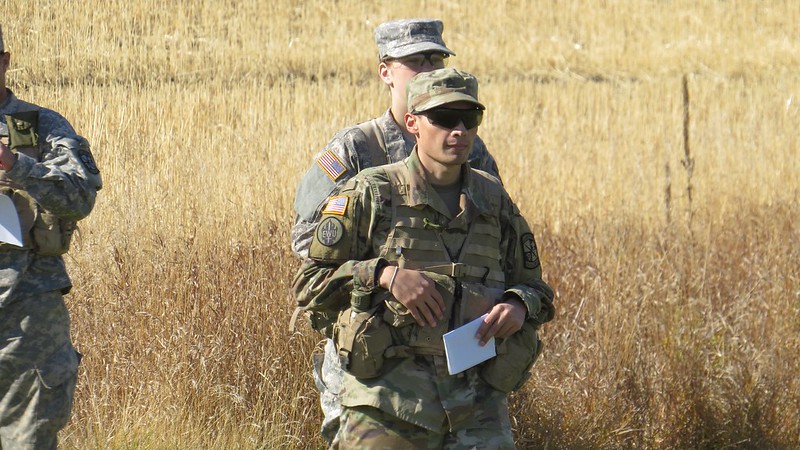From 15-18 September 2020, the Eastern Washington University (EWU) Army Reserve Officer Training Corps (ROTC) battalion conducted both our Jump Start program for new Cadets and Basic Camp for Cadets looking to contract this year. In a normal year Basic Camp Cadets are sent to Ft. Knox, Kentucky to conduct training. However, the COVID-19 pandemic has forced Cadets to conduct this training with their local ROTC battalion. The ongoing pandemic has caused many adjustments to training delivery and the recent forest fires that brought unhealthy smoke levels to the Spokane region caused further challenges. The smoke caused a number of training events that were planned to be conducted outside to be shifted to virtual instruction.

Despite the smoke the Cadets were able to move into the dorms, complete inprocessing into ROTC, and be issued their gear. On Friday the smoke levels improved to where the Cadets conducted Drill and Ceremony and Land Navigation training outdoors. They conducted all this training in a modified environment due to COVID-19 with all Cadets wearing masks and maintaining social distancing standards.

Drill and ceremony has played a critical part in military history throughout the world. Drill and ceremony teaches precision and obedience to orders which helps prepare troops for battle. For the most part the drill procedures are very similar to the tactical maneuvers used on the battlefield. It allows commanders to move their forces from different points in an orderly fashion and maneuver forces as a situation develops.

Our EWU Army ROTC Cadets continue a long line of drill and ceremony training for the United States Army that dates back to the Revolutionary War. During the war General George Washington, through the assistance of Benjamin Franklin who was the American Ambassador to France, was able to secure the aid of a Prussian officer named Baron Friedrich von Steuben to drill the troops of the Continental Army.

Von Steuben arrived at Valley Forge on February, 23 1778 and found the Continental Army half-starved and ill equipped for battle. To correct the conditions he witnessed he immediately began a rigorous training regimen of drill and ceremony to improve the military bearing of the troops. It had an immediate impact on discipline, professionalism, and confidence of the troops to respond to commands during battle that helped lead to the ultimate defeat of the British military during the war.

After receiving their initial training the Cadets were then tested with giving and receiving commands while navigating through an obstacle course. The Cadets were next blindfolded and given commands to march through another obstacle course. This built the Cadets confidence to accurately give and receive commands from each other.


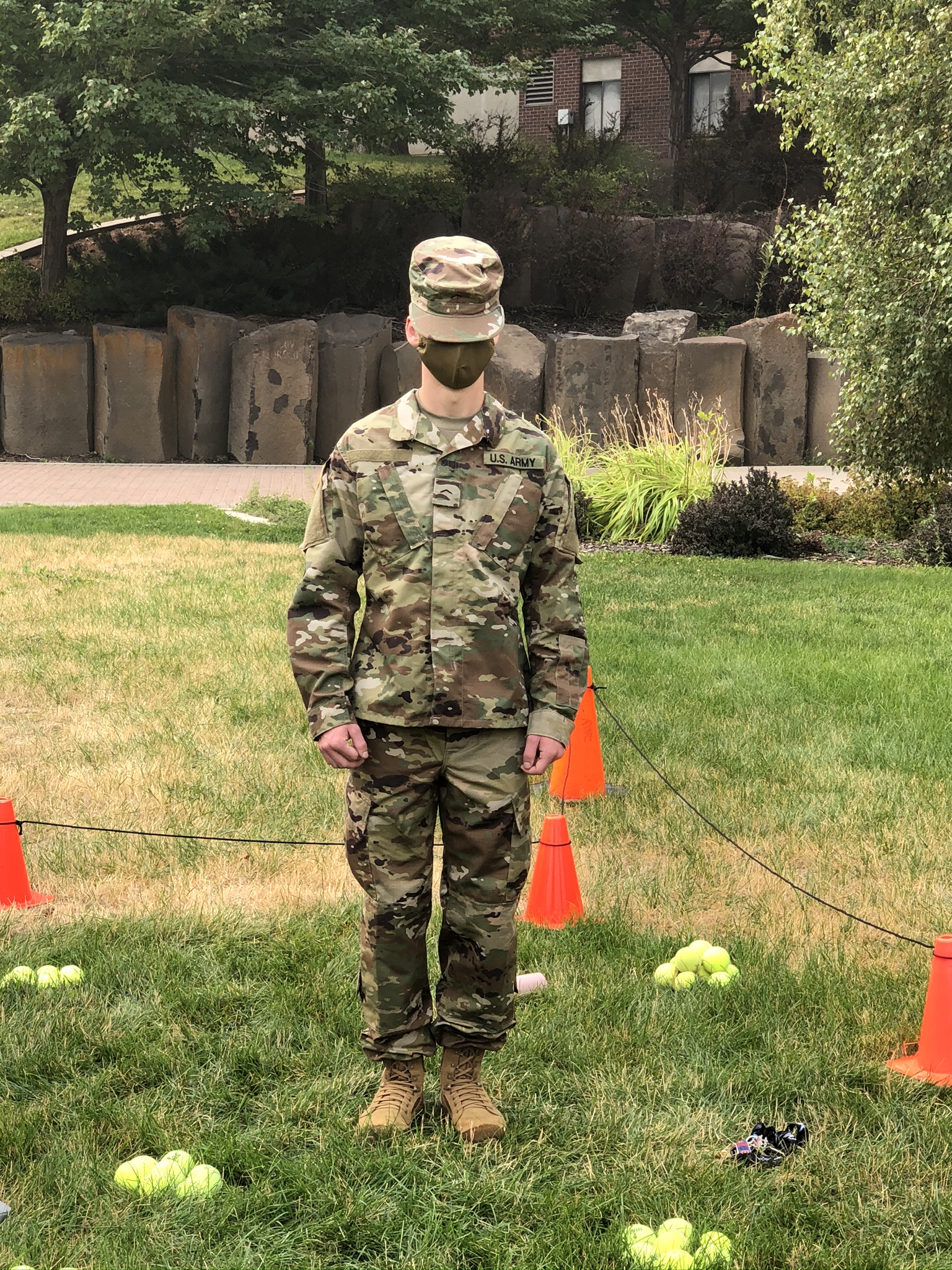
During the Jump Start and Basic Camp training the Cadets also conducted Land Navigation training. This training focused on teaching the Cadets the following skills:
- Tracking present location
- Determining Distance
- Sense of direction
- How to read a topographic map
- Terrain and map association
- Spatial skills
- Planning safe, practical routes
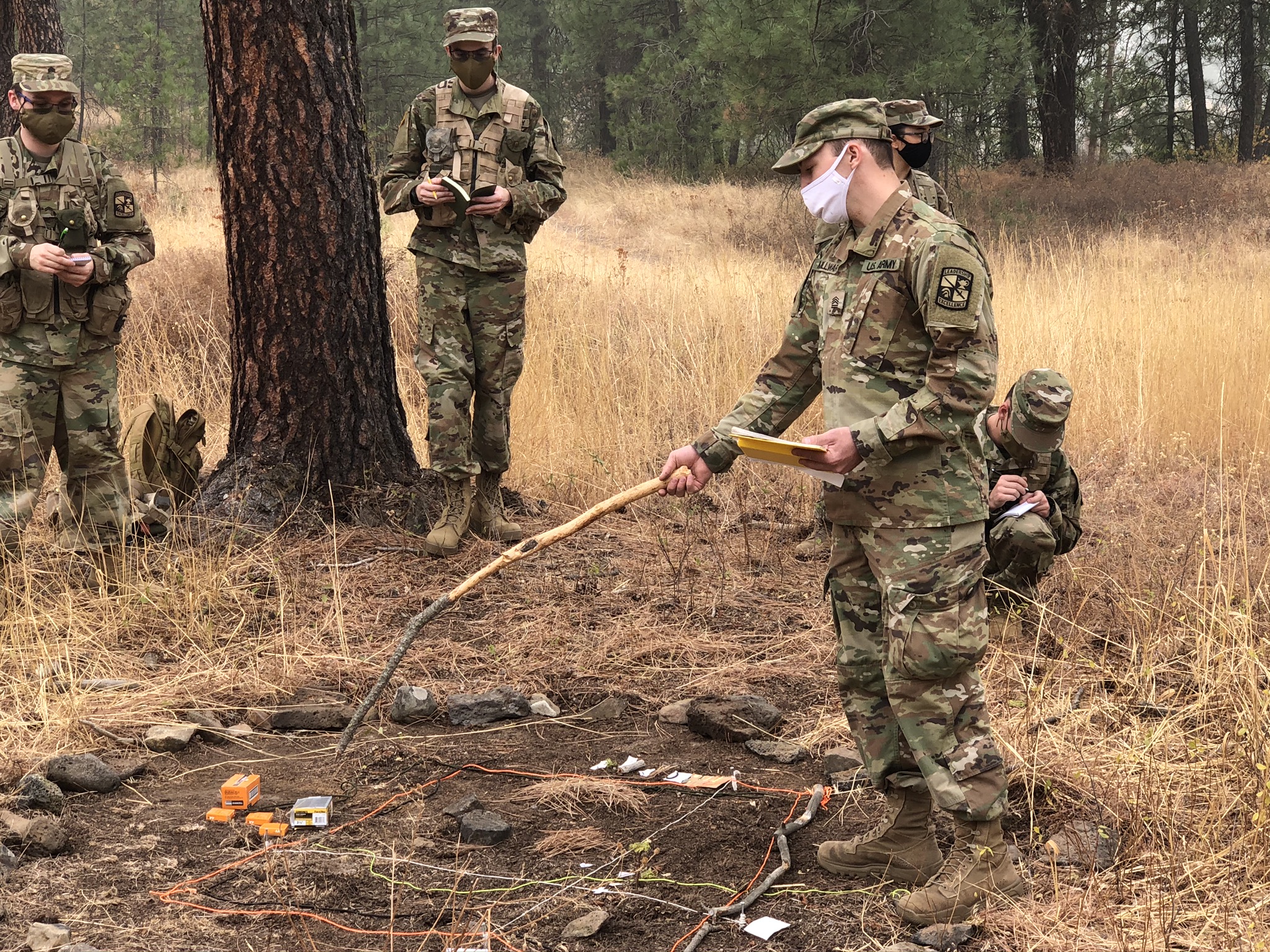
The practical hands on training was conducted at the Cheney Waterworks property near the EWU campus. There the Cadets were issued grid points that they had to accurately plot on a topographic map and then plot their course to find their assigned points. The Cadets then used their new compass, terrain analysis, and pace count skills to find the points in the surrounding forest.
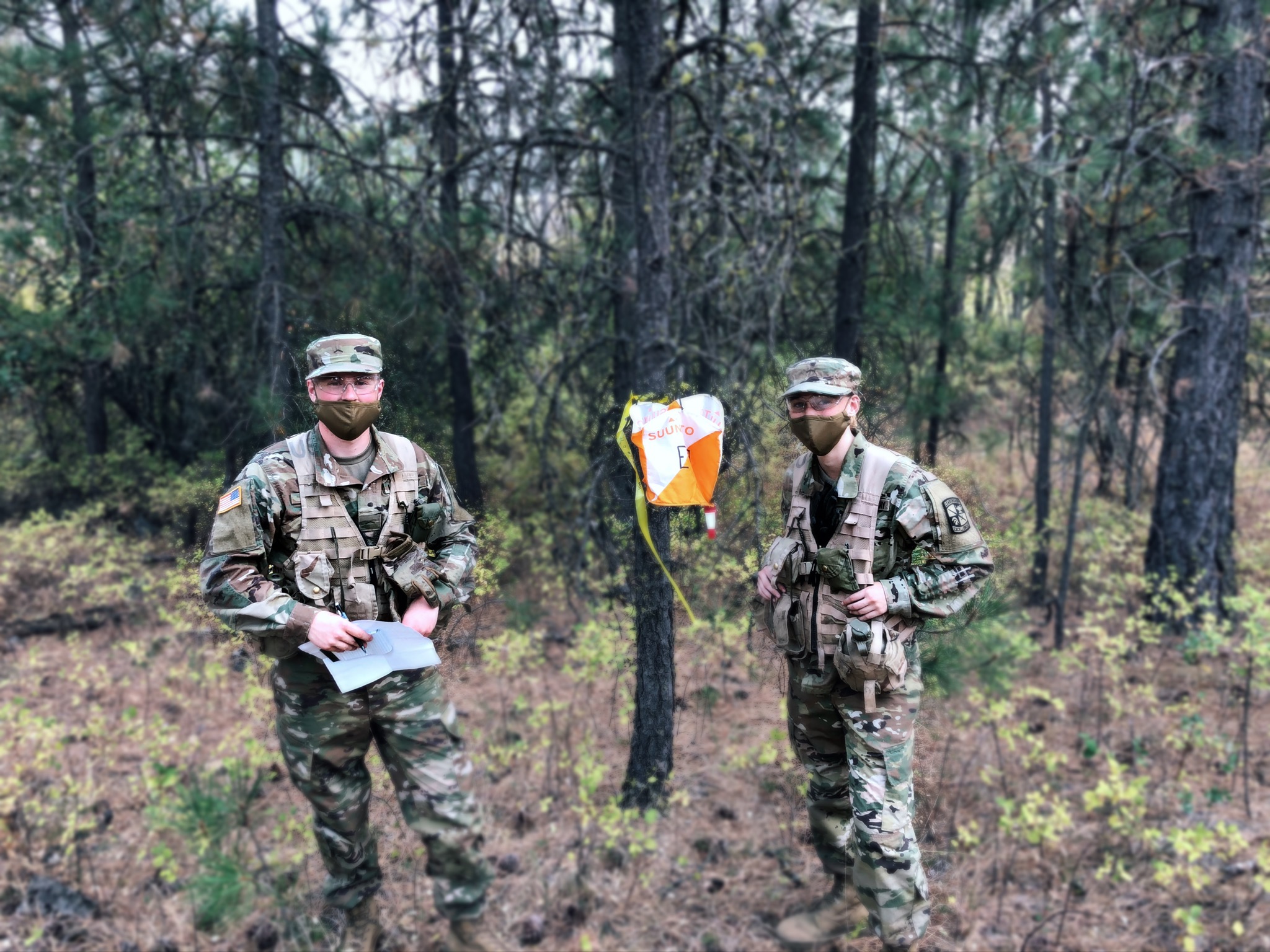

At each point there is clicker that the Cadets use to mark their score sheet. After the Cadets found their points they then returned to the start point to have their points graded by the evaluator to ensure they found the correct points.
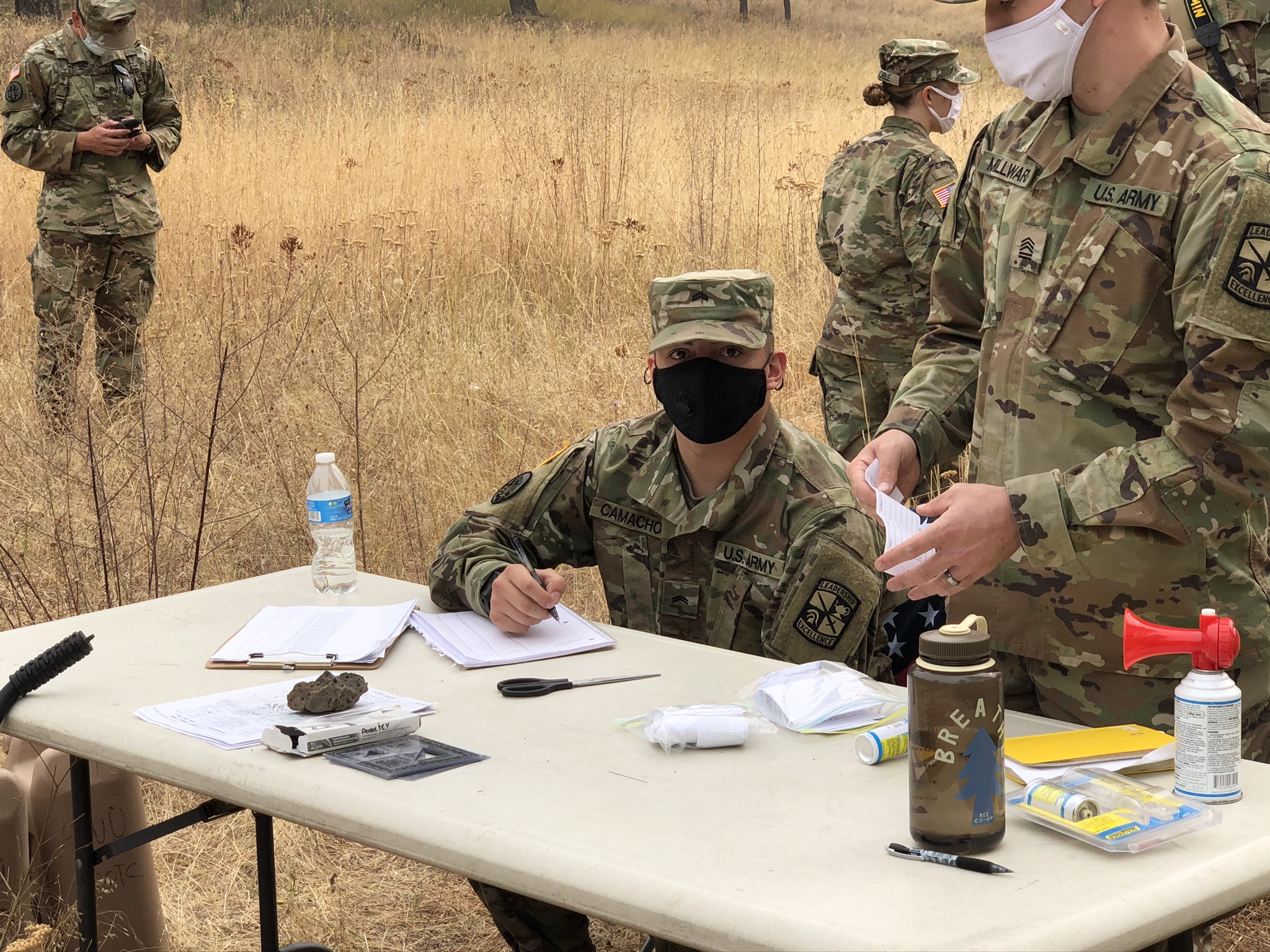
All the Cadets did a great job completing the training despite the various real world circumstances they had to adjust to. Being flexible and adaptable is part of being an effective leader and all of our Cadets learned that important lesson during the week long training.
Go ROTC! Go Fighting Eags!
Note: More photos from Jump Start and Basic Camp training can be viewed on our Flickr page.
